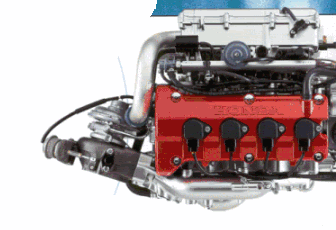SierraPilot123
Well-Known Member
Anyone know if it is OK to use AvGas for a Honda Fuel injected Turbo-charged PWC engine? A similar engine to the CBR motobike I beleive.
I added a stage 1 kit and chip that increases my boost. It requires that I run an increased octane over 91 to gain the most performance for racing.
Could I mix 1/2 or a 1/4 100LL and 91 pump fuel?
I can't find any info on this and have searched everywhere. None of the jetski racers know much about AvGas. What makes Avgas so special and what makes it good or bad to run in a suped-up fuel injected engine?
The mechanics give away the gas they drain from the planes (so it is readily available), but tell me that it is only ok for carb equipped boats. Why would this be? Is this really true or a myth?
Thanks a ton.


I added a stage 1 kit and chip that increases my boost. It requires that I run an increased octane over 91 to gain the most performance for racing.
Could I mix 1/2 or a 1/4 100LL and 91 pump fuel?
I can't find any info on this and have searched everywhere. None of the jetski racers know much about AvGas. What makes Avgas so special and what makes it good or bad to run in a suped-up fuel injected engine?
The mechanics give away the gas they drain from the planes (so it is readily available), but tell me that it is only ok for carb equipped boats. Why would this be? Is this really true or a myth?
Thanks a ton.


